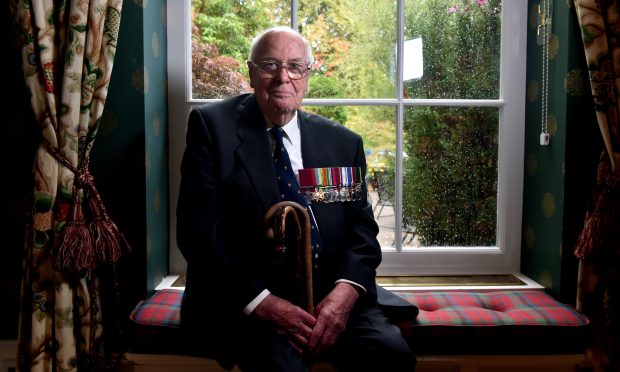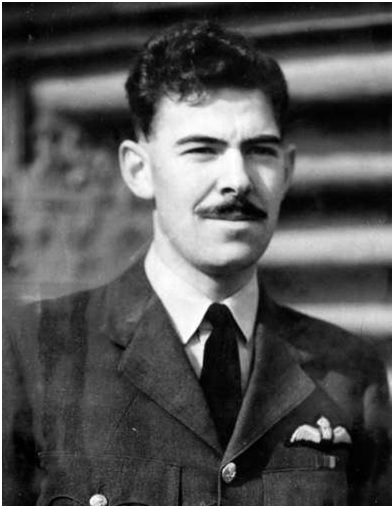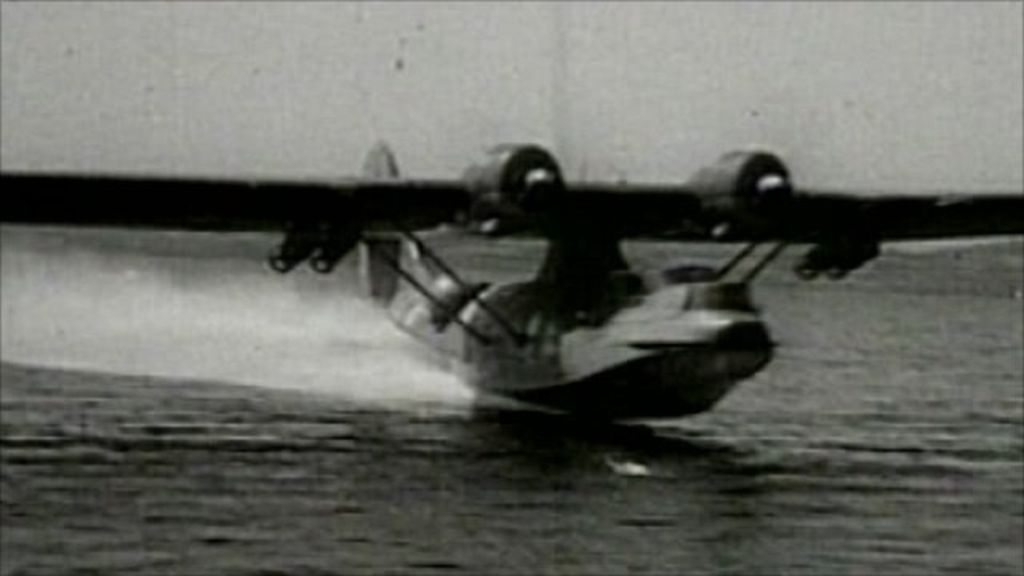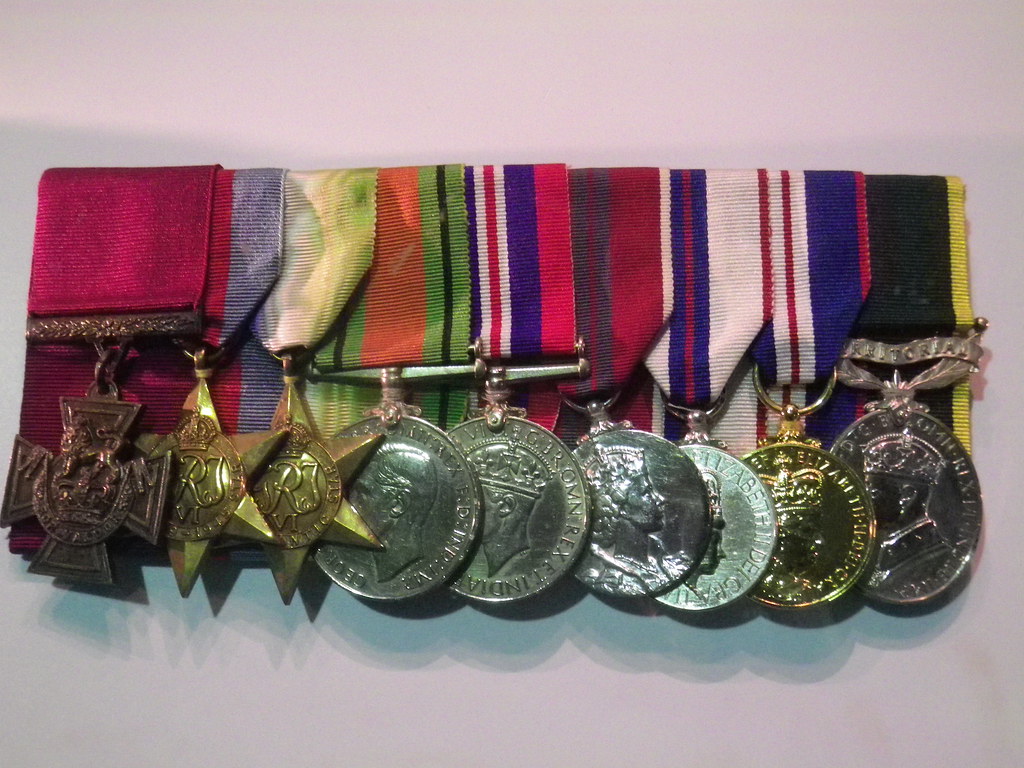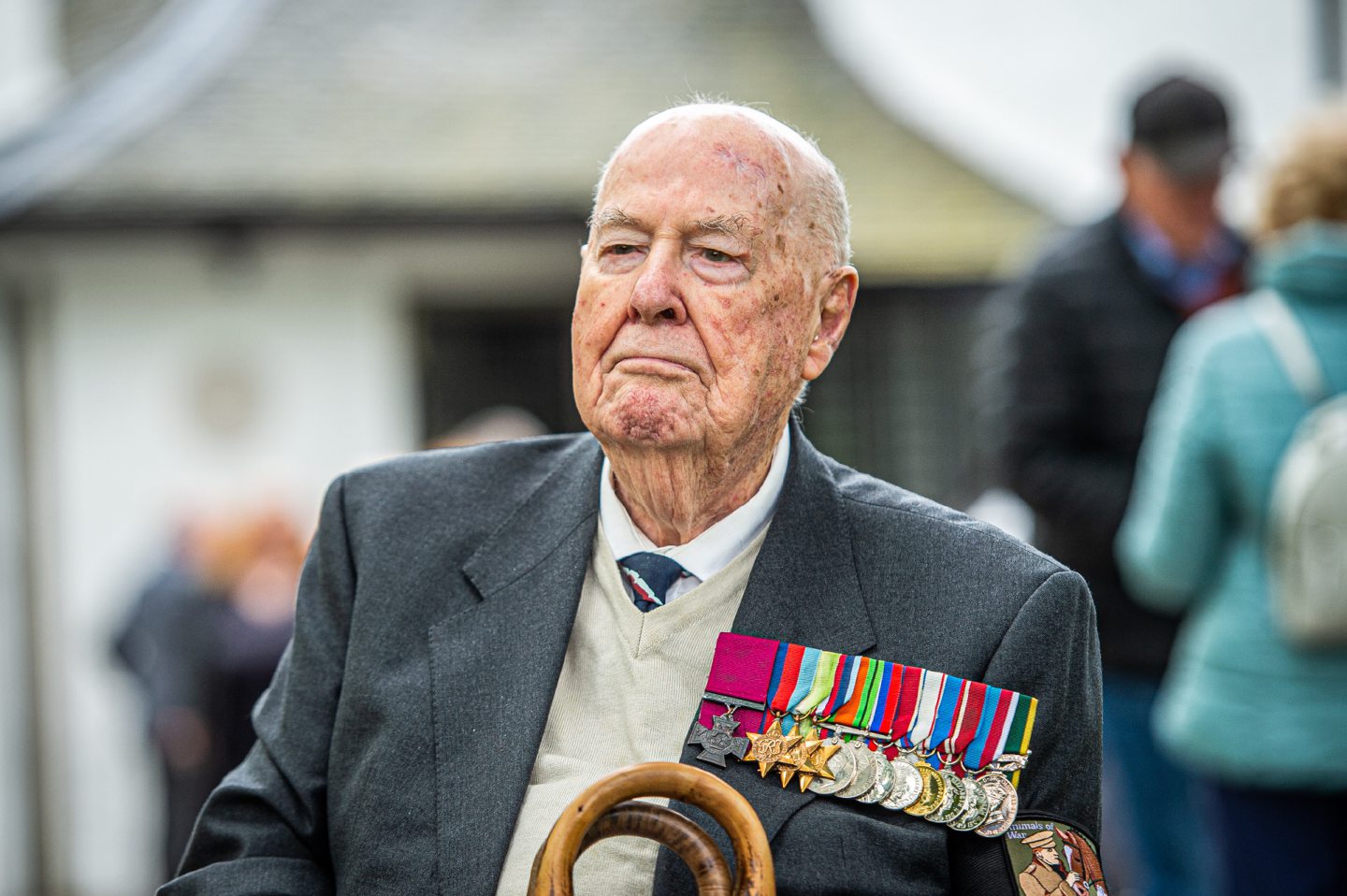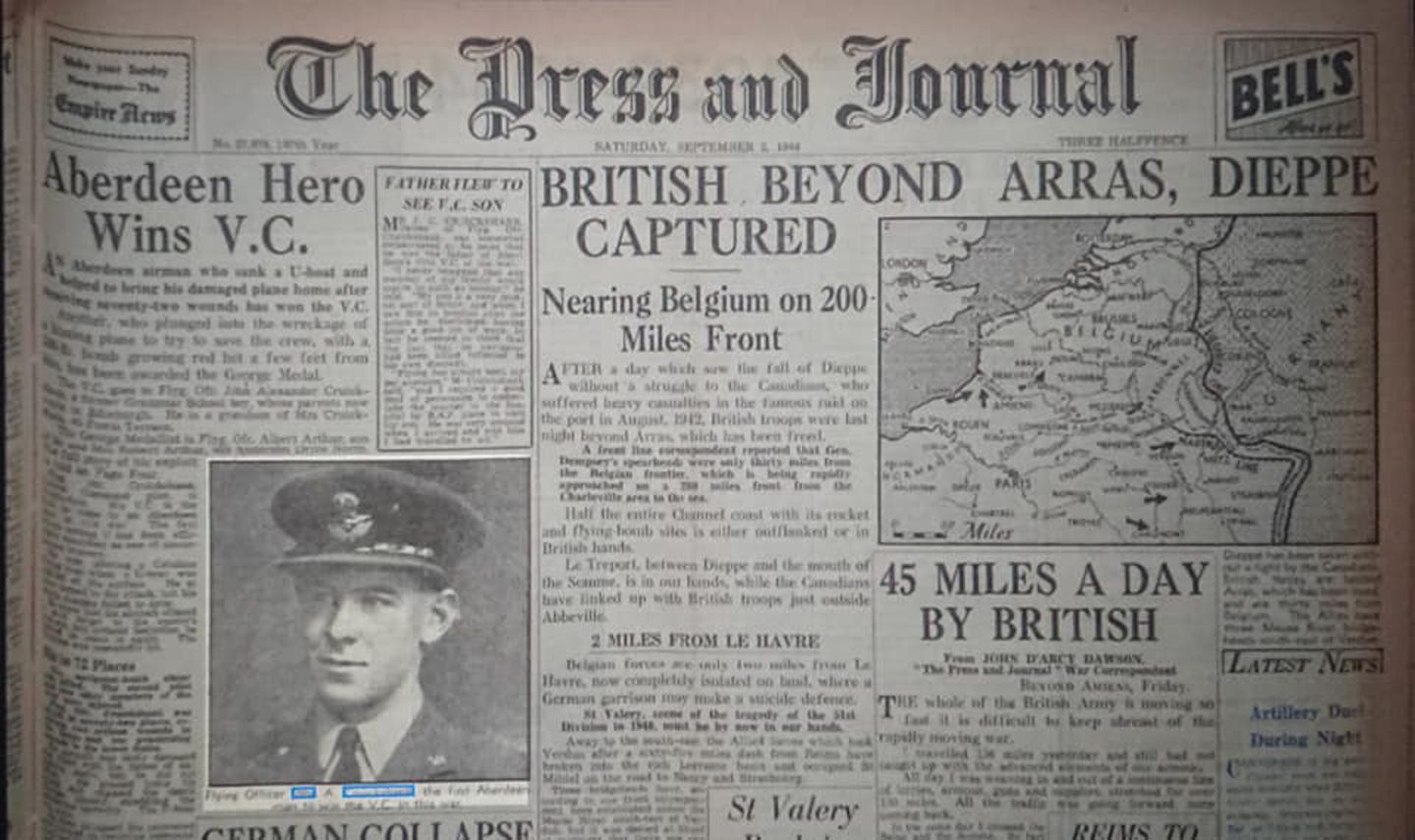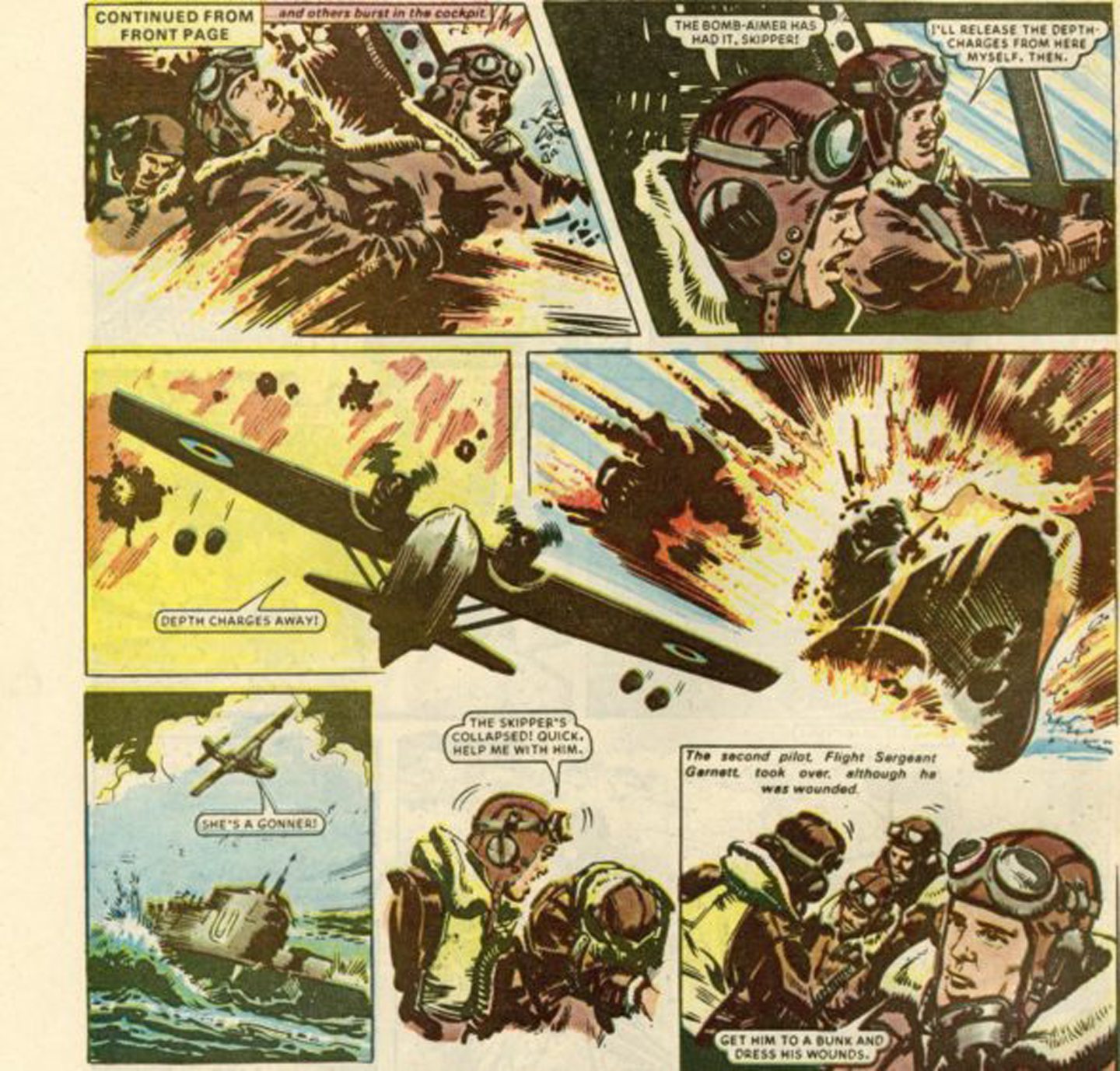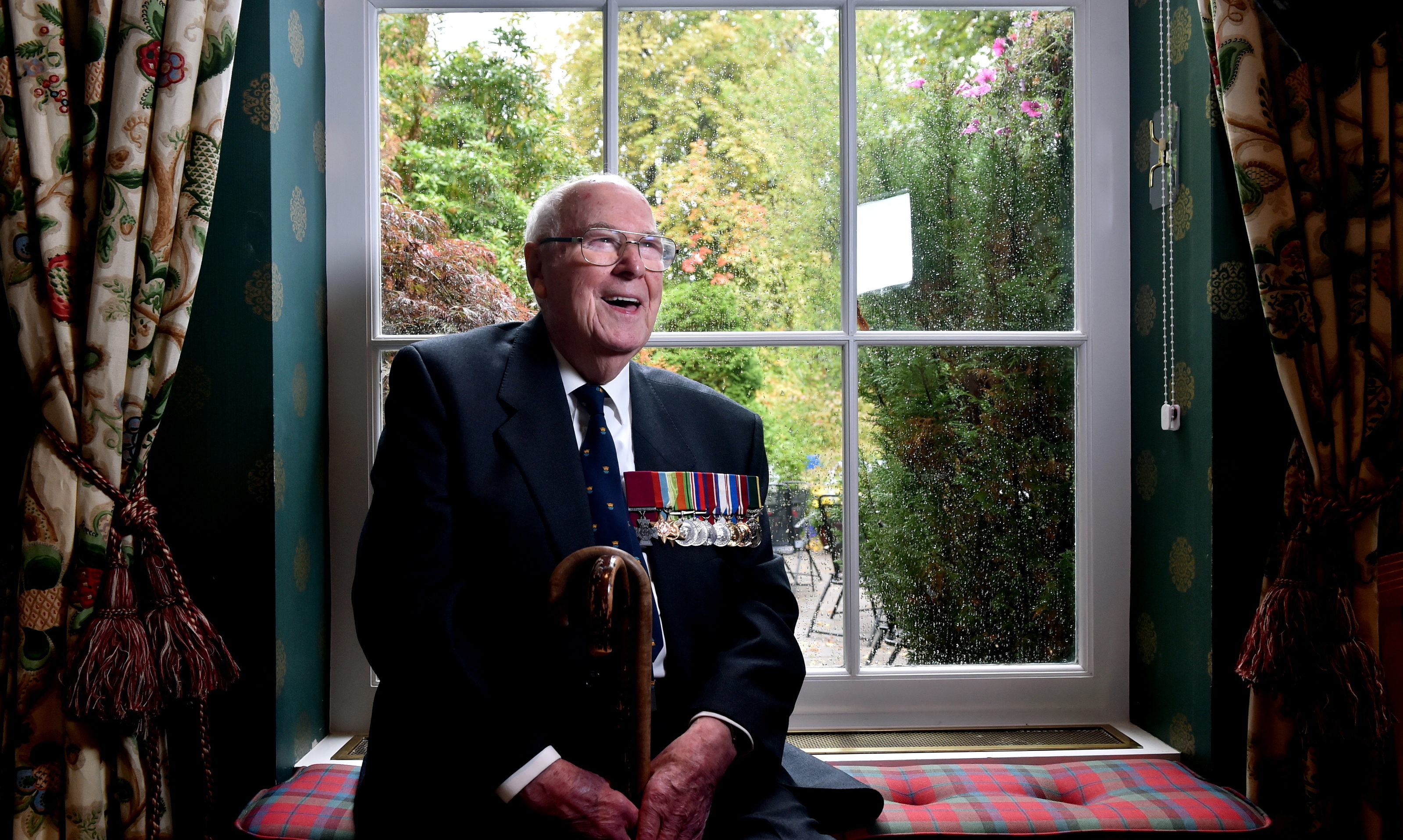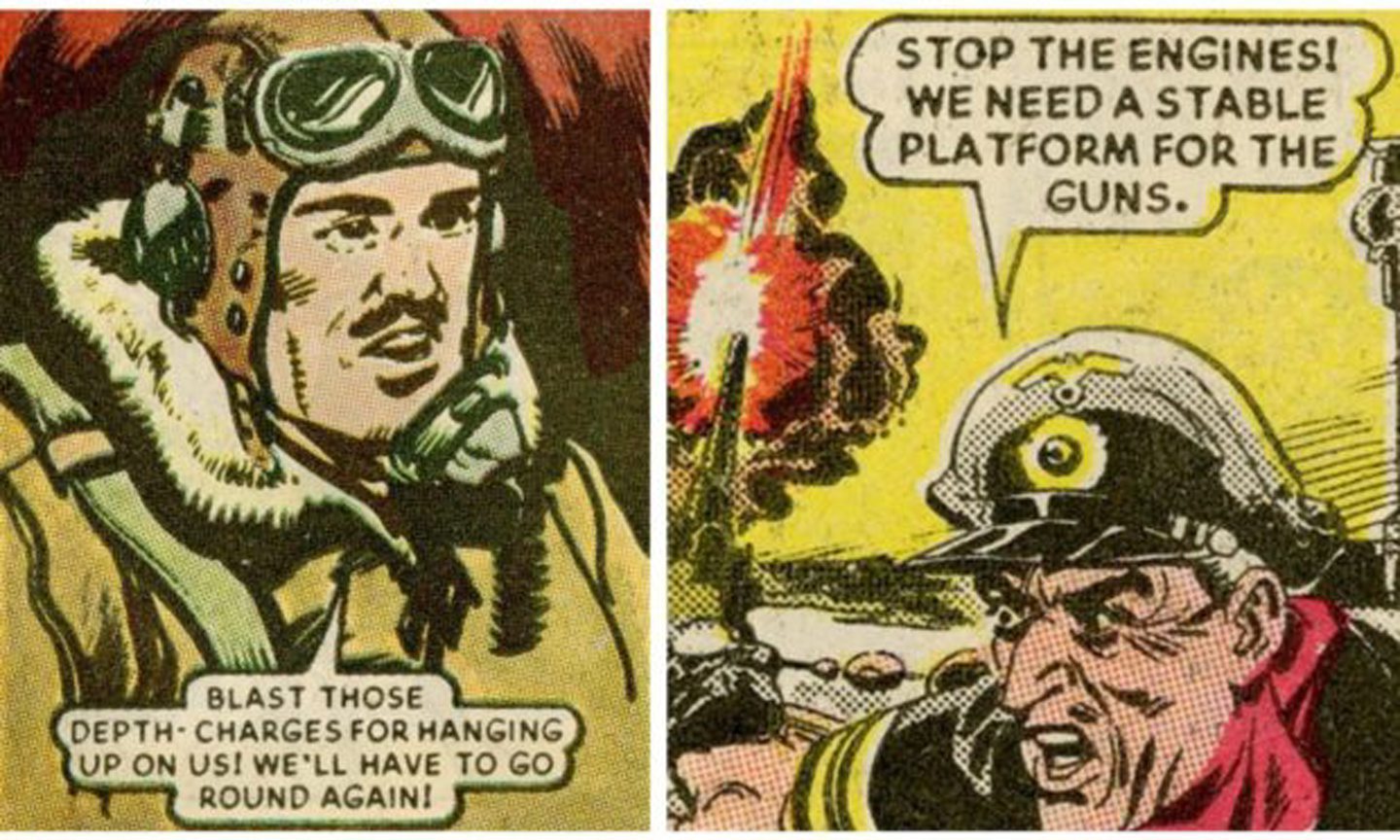John Alexander Cruickshank is no ordinary Scotsman.
When the Aberdeen pilot climbed into the cockpit of his Catalina aircraft with his fellow crew members 80 years ago – on July 17 1944 – he could have had no idea about the triumph and tragedy which would engulf these brave fellows in the hours ahead.
It marked the beginning of one of the most courageous forays during the Second World War – an act of sustained gallantry which was later immortalised in a comic strip – and Mr Cruickshank was subsequently awarded the Victoria Cross.
This happened after he – and his colleagues – sank a German U-boat, as he defied being injured more than 70 times, and flew himself and his comrades back to Sullom Voe.
The former Aberdeen Grammar school pupil was involved in one of the most audacious acts of the conflict when he steered his Catalina aircraft through a torrential hail of flak.
And, although his first pass was unsuccessful, he brought it around for a second sortie, this time straddling a U-boat and sinking the vessel.
There were casualties on the plane
However, the German anti-aircraft fire proved fatally accurate in response, killing the navigator and injuring four others, including both Flight Lieutenant Cruickshank and Flight Sergeant Jack Garnett.
The Granite City airman, who was just 24, suffered scores of different injuries while he and his comrades were engaged in sinking the German submarine.
And, although they had succeeded in their first objective, there was another significant challenge in trying to return home safely to Shetland.
Indeed, from a distance of 80 years, it still seems miraculous that Mr Cruickshank survived in the hours which followed.
Despite severe injuries, he refused to take morphine
He suffered serious lung injuries and 10 penetrating wounds to his lower limbs. Yet, despite this panoply of pain, he refused medical attention until he was sure that the appropriate radio signals had been sent and the aircraft was on course for home.
Even at that stage of the journey, he eschewed morphine, aware that it would cloud his judgement and potentially jeopardise the rest of the men on board.
Flying through the night, it took the damaged craft five-and-a-half hours to get back to Sullom Voe, with Flt Sgt Garnett at the controls and his colleague lapsing in and out of consciousness.
Eventually, though, as another major hurdle came into the equation, he returned to the cockpit and took command of the aircraft.
He wanted to land the plane safely
And after weighing up the circumstances and deciding that the light and the sea conditions for a water landing were too risky for his inexperienced colleague, Mr Cruickshank kept the craft in the air for as long he could.
He circled for an extra hour, as the prelude to bringing it down successfully on the water and ferrying the plane to an area where it could be safely beached.
It was an astonishing act of bravery, and yet he has always shunned the limelight or refused to take any credit for his actions.
As one of his RAF colleagues later recalled, he felt he was one of the lucky ones to survive the conflict, unlike so many of his friends who perished.
The Press and Journal reported on its front page in September 1944 how Mr Cruickshank had become the recipient of the VC and carried the details of the citation which outlined why he had been given the honour.
It said: “Flying Officer Cruickshank was struck in seventy-two places, receiving two serious wounds in the lungs and 10 penetrating wounds in the lower limbs. His aircraft was badly damaged and filled with the fumes of exploding shells.
“But he did not falter. He pressed home his attack, and released the depth charges himself, straddling the submarine perfectly. The U-boat was sunk.”
He didn’t want any fuss made
Those of us who attended the production Far, Far from Ypres at His Majesty’s Theatre in Aberdeen to commemorate the centenary of the end of the Great War in 2018 could scarcely have imagined we had a real-life hero in our midst.
However, sitting there, in the audience, was Mr Cruickshank, who appeared rather abashed when the MC announced he was present.
One of his friends said later: “I had the privilege of meeting him at a dinner and it was an unforgettable experience for everybody who was there.
“There was a stunned silence for 45 minutes while he spoke, because everyone recognised the incredible bravery which he had demonstrated.
The first question was about his crew
“And yet, one of the things which struck us was that he didn’t want a big fuss made about it.
“After everything he had endured, when he regained consciousness in the Catalina, the first thing he said was: ‘How are my crew?”
There aren’t many of these brave men left from the Second World War, but Mr Cruickshank reached his personal century in 2020 and turned 104 in May.
He has never regarded himself as special. But his actions on that July day and night testified to his determination to get the job done and think about his mates.
As the former Aberdeen Lord Provost Barney Crockett said: “It was typical of him that, despite receiving more than 70 injuries, he was more concerned about his comrades and ensuring they all got home safely after their mission.
These men never sought spotlight
“I have met John, he has an outstanding intellect and was able to explain how his actions fitted in with the whole Allied strategy in the war.
“He is from a generation which has never sought the spotlight.
“But he deserves all our thanks.”
